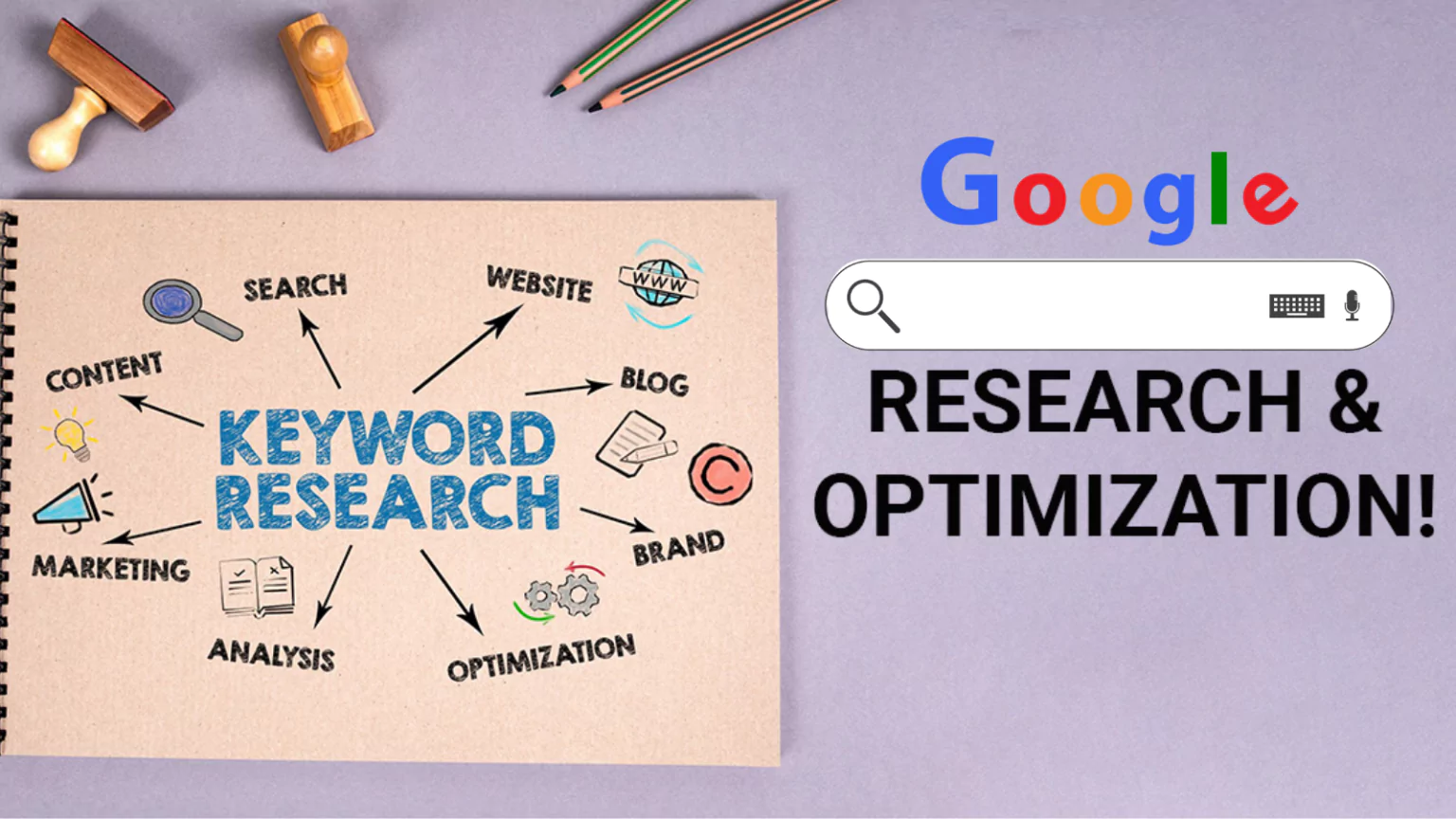How To Brilliantly Gain Competitive Edge With Google Shopping Ads Spy
In today’s online shopping frenzy, everyone’s trying to grab a piece of the pie. Whether you run an online store or handle digital marketing, Google Shopping Ads are probably in your toolkit.
They’re like the flashy billboards of the internet, but here’s the hitch – everyone’s using them. These visually appealing ads can be a game-changer, driving high-quality traffic and conversions. But here’s the catch – everyone else is using them too.
That means you have to stand out from the crowd. And to make a difference, you need to craft compelling ads that capture the attention of potential customers and persuade them to take action.
So, how do you get ahead of the competition and make sure your shopping ads stand out?
The answer lies in gaining a competitive edge, and that’s where the ads research tool comes into play.
In this Blog, we’re going to explore the world of Google Shopping Ads Spy tool and how they can help you navigate the competitive landscape of online advertising.
Listen To The Podcast Now!
What is Google Shopping Ads?

Now that we’ve covered Google Shopping Ads, let’s talk about Google Ads research. Basically, it’s all about using specialized tools like PowerAdSpy to figure out what your rivals are performing when it comes to Google Shopping Ads.
The ad research tool allows you to see what your competitors are up to – what products they’re promoting, which keywords they’re targeting, and even the ad creatives they’re using.
It’s like having a secret agent in the world of online advertising, which helps you gather intel and make informed decisions so that you can strategize ads accordingly.
How Google Shopping Ads Spy Tool Can Help?

So, how can these Google Shopping ads research tools provide you with a competitive edge? Let’s break it down into the following key areas:
Understanding Google Shopping Ads Research Tool:
Before diving into the specifics, it’s essential to understand how these tools work. They provide you with a comprehensive view of your competitive landscape, allowing you to identify opportunities and threats.
- What are Google Shopping Ads spy tools?
- How does it work?
- And their key Features and Functions?
Competitor Analysis:
Competitor analysis is a critical component of strategic business planning and marketing. Basically, it’s all about taking a close look at what your rivals are doing – what they’re good at, including their strengths, weaknesses, strategies, and performance in the marketplace.
This process provides valuable insights that can inform your own business decisions and help you gain a competitive advantage.
Here’s a closer look at what competitor analysis entails and why it’s essential for business success:
1. Identify Competitors:
The first step in a competitor analysis is identifying who your direct and indirect competitors are in the market.
Direct competitors are businesses that offer similar products or services to the same target audience, While indirect competitors may offer related products or services that could potentially fulfil the same customer needs. Understanding the competitive landscape in your industry is crucial.
2. Gather Information:
Once you’ve identified your competitors, the next step is to gather information about them. This involves collecting data on various aspects of their business, including:
- PProduct/Service Analysis: Compare their offerings to yours.
- Market Share: Evaluate their market share relative to yours.
- Pricing: Analyze their pricing and promotional strategies.
- Distribution: Assess their sales channels (online, physical, etc.).
- Marketing: Study their advertising tactics and messaging.
- Customer Base: Identify their primary customer demographics.
3. SWOT Analysis:
Conduct a SWOT analysis (Strengths, Weaknesses, Opportunities, and Threats) for each of your competitors. This analysis helps you identify what your competitors excel at (strengths) and where they may be lacking (weaknesses).
It also identifies opportunities for you to take advantage of and threats you need to be aware of.
4. Benchmark:
Benchmarking is the process of comparing your business metrics and performance with that of your competitors. This can include key performance indicators (KPIs) such as sales revenue, market share, customer satisfaction, and more.
Benchmarking helps you gauge how well you’re doing in comparison to your competitors and where you may need to improve.
5. Strategy Development:
You can use the results of your competitor analysis to make your business plans even better.
This might involve adjusting your pricing, improving your product offerings, enhancing your marketing campaigns, or finding new ways to differentiate yourself from the competition. Competitor analysis provides actionable data to help you make informed decisions.
6. Monitor Continuously:
Competitor analysis is not a one-time task; it’s an ongoing process. The competitive landscape can change rapidly due to market shifts, emerging trends, and new competitors. Regularly monitoring your competitors ensures that you stay informed and can adapt your strategies accordingly.
Remember, manually performing ad analytics might be overwhelming for you. But it can make your work smooth and effective with just a few clicks by using a powerful AI-based tool like PowerAdSpy to research your competitor.
PowerAdSpy – AI- based Ad Intelligence Tool
PowerAdSpy is an AI-based ad intelligence Software designed for digital marketers and advertisers. It is primarily used for competitive analysis and research in the field of online advertising, specifically in the context of social media advertising.
It helps marketers track and analyze advertisements running on 9+ social media platforms, including Facebook, Instagram, and other popular networks.
Here are some key features and functions of PowerAdSpy:
Ad Monitoring: The tool allows users to monitor and track ads that are currently running on social media platforms. It provides insights into the ad creatives, ad copy, and targeting options by competitors.
Ad Search and Filtering: Users can search for ads by keywords, advertisers, ad types, and other criteria. This feature helps marketers find relevant ads within their niche or industry.
Ad Performance Metrics: PowerAdSpy provides data on the performance of ads, including engagement metrics such as likes, shares, and comments. It also offers information about the ad’s reach and estimated ad spend.
Advertiser Insights: This shopping ads spy tool also provides insights into the advertisers running specific ads. Users can see the history of the brand’s ads, which can help them understand their advertising strategies over time.
Ad Creatives and Landing Pages: Marketers can also view the ad creatives (images and videos) used in advertisements and access the landing pages associated with those ads. This information can help marketers gain inspiration for their campaigns.
Targeting Information: Additionally, PowerAdSpy provides information about the demographics and interests of the audience targeted by specific ads. This data can be valuable for refining ad targeting strategies.
Ad Trends: Users can identify trends and patterns in the ads within their niche or industry. This information can inform their advertising strategies.
In the highly competitive arena of Google Shopping Ads, PowerAdSpy can be your indispensable ally as the best Google ad spy tool. As it equips you with the intelligence needed to outsmart your rivals, refine your strategies, and achieve greater success with your advertising efforts.
Read more:
Unveiling the Power of Google Shopping Ads
Google Shopping Hacks to Boost Your E-commerce Marketing Strategy
Say Bye To Constant Business By Selecting A Winning Google Spy Tool
Keyword Research and Optimization:

Keyword Research:
It is a fundamental step in any successful digital marketing strategy. It involves the process of discovering and selecting the most
relevant and effective keywords or search terms that your target audience uses when looking for information, products, or services online.
Here’s a bit more detail on this crucial aspect:
Discovering Relevant Search Terms:
- Find keywords aligned with your content or business.
- Match search terms to your audience’s interests.
Identifying High-Potential Keywords:
- Seek keywords with balanced search volume and competition.
- Opt for keywords offering a competitive edge.
Uncovering Search Trends and User Intent:
- Use Shopping Ads Spy tool to reveal keyword trends and user motivations.
- Craft content addressing specific user needs and interests.
- This helps you create content that resonates with their needs and interests.
Keyword Optimization:
Once you’ve conducted your keyword research and identified the most relevant and high-potential keywords, the next step is keyword optimization.
This process involves strategically incorporating these keywords into your content to improve your content’s visibility and ranking in search engine results pages (SERPs).
Here’s how keyword optimization works:
Incorporate natural keyword: Avoid keyword stuffing. Use chosen keywords naturally within your content to maintain a positive user experience and show search engines your content’s relevance.
On-Page Optimization: Optimize not just content but also on-page elements like meta titles, descriptions, headers, and image tags. These optimizations help search engines understand your content’s topic and keyword relevance.
Boost Visibility and Ranking: Effective keyword optimization increases your content’s visibility in search results. Higher rankings for relevant keywords attract organic traffic, leading to more website visitors, engagement, and conversions.
Ad Copy and Creative Inspiration:

Analyzing Competitor Ad Copy:
- With PowerAdSpy you can gain insights by dissecting your competitors’ ad copy.
- Understand the messaging and promotional strategies they employ.
- Identify what makes their ads effective or ineffective.
Crafting Compelling Ad Copy:
- Utilize the valuable information gathered from the Shopping Ads Spy tool.
- Create ad copy that is engaging, persuasive, and resonates with your target audience.
- Leverage competitor insights to tailor your messaging for better results.
Exploring Creative Approaches:
- Draw inspiration from the creative elements of successful competitor ads.
- Refine your visual and design elements based on what has proven to work.
- Adapt and experiment with creative approaches that align with your brand and campaign objectives.
Bid Management and Budget Optimization

Understanding Competitor Bids:
- Shopping Ads Spy tool uncover competitor bidding strategies.
- Gain insights into what your rivals are willing to bid for ad placements.
Adjusting Bids for Performance:
- Utilize competitive insights to optimize your own bidding strategy.
- Maximize ROI by fine-tuning bids based on competitor data.
Budget Allocation and Optimization:
- Gain insights into how competitors distribute their budgets.
- Optimize your budget allocation for improved campaign performance.
Performance Tracking and Reporting
![]()
Monitoring Campaign Performance:
- Continuously track your Google Shopping Ads campaign performance.
- Compare your results with competitors to gauge your success.
Generating Comprehensive Reports:
- Create detailed reports offering insights on vital performance metrics and trends.
- Use these reports to make informed, data-driven decisions.
Data-Driven Optimization:
- Leverage gathered data to refine and optimize your campaigns.
- Aim for improved results through strategic adjustments.
Conclusion
In an era where online competition is fierce, having the right tools at your disposal is imperative. Google Ads Spy Tools have emerged as a game-changer for e-commerce businesses.
They provide invaluable insights, competitive analysis, and optimization opportunities that can help you not just survive but thrive in the digital marketplace.
If you’re seeking to gain a competitive edge in online advertising, harnessing the power of Shopping Ads Spy Tools like PowerAdSpy could be your secret weapon.
Your journey towards online success may very well depend on it.







